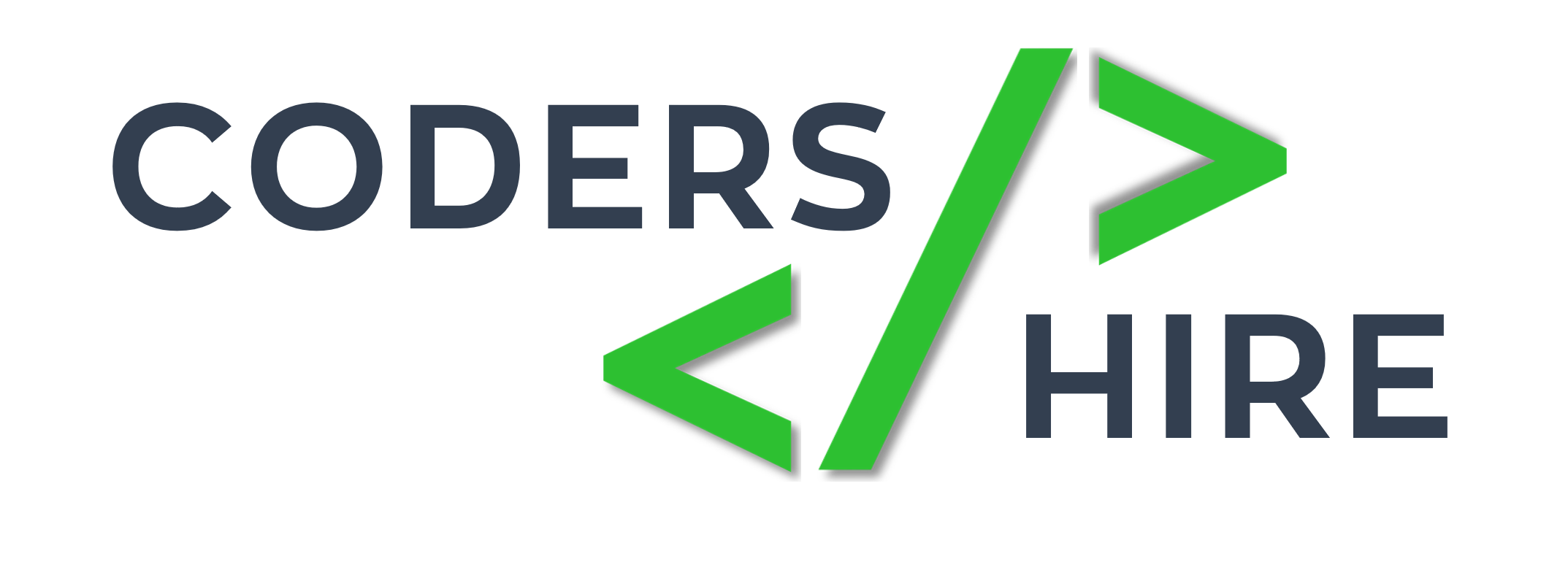Teradata
Teradata is massively parallel open processing system for developing large-scale data warehousing applications. Teradata is an open system. It can run on Unix/Linux/Windows server platform. This tool provides support to multiple data warehouse operations at the same time to different clients. Teradata Corporation is an American IT firm. It is a vendor of analytic data platforms, application, and other related services. The firm develops a product to consolidate data from the various source and make the data available for analysis.


Why Teradata ?
Teradata database is defined as an information repository supported by tools and utilities that make it, as part of Teradata Warehouse, a complete and active relational database management system.
Features of Teradata
Scalability
“Linear scalability” means that as you add components to the system, the performance increase is linear. Adding components allows the system to accommodate increased workload without decreased throughput. Linear scalability enables the system to grow to support more users/data/queries/complexity of queries without experiencing performance degradation.
Single Data Store
The Teradata Database acts as a single data store, with multiple client applications making inquiries against it concurrently. Instead of replicating a database for different purposes, with the Teradata Database you store the data once and use it for many applications. The Teradata Database provides the same connectivity for an entry-level system as it does for a massive enterprise data warehouse.
Complexity
The Teradata Database is adept at complex data models that satisfy the information needs throughout an enterprise. The Teradata Database efficiently processes increasingly sophisticated business questions as users realize the value of the answers they are getting. It has the ability to perform large aggregations during query run time and can perform up to 128 joins in a single query.
Ability to Model the Business
A data warehouse built on a contains information from across the enterprise. Individual departments can use their own assumptions and views of the data for analysis, yet these varying perspectives have a common basis for a “single view of the business.”
